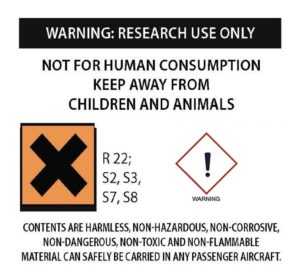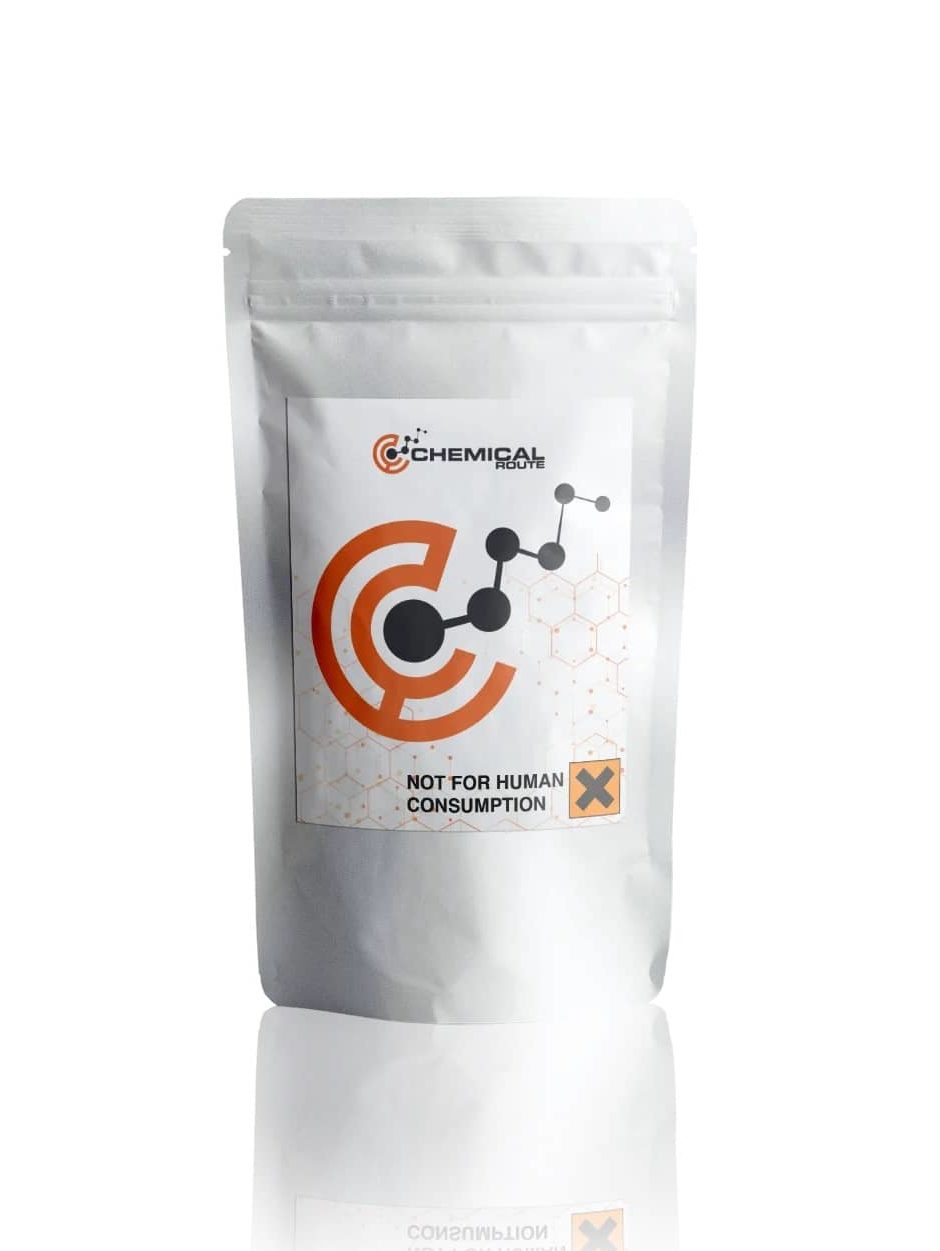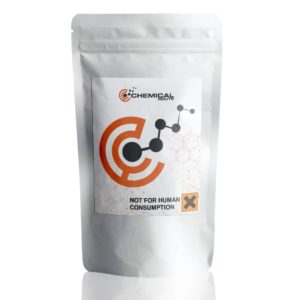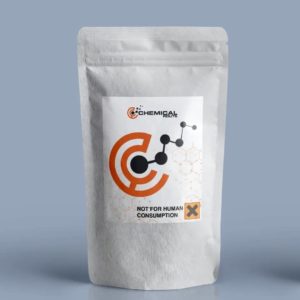Description
2-Oxo-PCE, N-ethyldeschloroketamine, Eticyclidone, O-PCE
Product information
IUPAC-name 2-
Synonyms 2-Oxo-PCE, N-ethyldeschloroketamine, Eticyclidone, O-PCE
Formal name 2-
Cas number 4551-92-2
Formula C14H19NO • HCl
Formula Weight 253.8
Purity 99.0 % min.
Formulations A neat solid, Powder
Solubility
- DMF: 5 mg/ml
- DMSO: 10 mg/ml
- Ethanol: 10 mg/ml
- PBS (pH 7.2): 5 mg/ml
2-Oxo-PCE, N-ethyldeschloroketamine, Eticyclidone, O-PCE
The substance known as 2′-Oxo-PCE or Eticyclidone is a novel dissociative agent of the arylcyclohexylamine class. It can produce various effects, such as anesthetic and hallucinogenic. It is structurally related to other arylcyclohexylamines, such as 3-MeO-PCE, deschloroketamine, and MXE. It is also speculated that it can be used as an antagonist of the NMDA receptor.
Although it is structurally similar to DCK and ketamine, it is not yet clear if O-PCE can also have antimicrobial properties. Since there is currently no scientific evidence supporting this claim, it is advised that users should avoid using this substance for a prolonged period of time.
A contemporary designer drug, O-PCE is intended to mimic or replace the structural and functional features of its predecessors. It can be purchased online through the sale of various chemicals. This substance is commonly used as a replacement for other dissociative drugs, such as MXE.
Unlike other chemicals that are commonly used as dissociative drugs, there is currently not enough scientific evidence supporting the use of O-PCE. Its negative effects on humans are also unknown.
Due to its novelty and short history of human use, information about the use of O-PCE should be thoroughly cautioned. Users should avoid frequent re-dosing as it can be very easy to overdose. It is also recommended that people use harm reduction methods if they plan on using this substance.
Chemistry
2’Oxo-PCE, also known as O-PCE, is a component of the arylcyclohexylamine class. These drugs have structures that include a cyclohexane ring and an aromatic ring. Deschloroketamine, on the other hand, has a phenyl ring that is bound to a cyclohexane ring. The resulting compound, known as NCH2CH3, is an amino ethyl chain that is associated with the alpha carbon of the cyclohexanone ring.
Like other 2′-PCE compounds, NCH2CH3 is associated with the alpha carbon of the cyclohexanone ring. Unlike other drugs, such as DCK and ketamine, 2’Oxo-PCE does not contain an amino methyl chain. Instead, it has an ethyl chain. This makes it different from DCK in terms of the length of its carbon chain.
Pharmacology
Due to the lack of research on the effects of 2′-Oxo-PCE, the discussion about its pharmacological properties has been mainly based on its similarities to other amines such as PCE and ketamine. Although no scientific studies have been performed to confirm this, it is believed that 2′-Oxo-PCE exhibits its effects mainly through the receptor antagonist NMDA.
The type of receptor that’s known to be involved in the transmission of electrical signals between nerve cells in the spinal column and the brain is called a NMDA receptor. When the signals are needed to pass, the receptor must be opened. Since the receptor antagonists are known to disrupt this process, it’s believed that 2′-O-PCE can potentially affect this function.
The lack of information flow within the nervous system leads to various conditions such as loss of sensation. This substance’s equivalent of the “K-hole” is also known to cause difficulty moving.
The toxicological and physiological properties of this compound has not been analyzed. Usage of this Chemical should be for research and forensic purposes only.
WARNING This product is not for human or veterinary use.

This product is only available to persons of 21 years old and above.
Hazard statement(s)
| H302 | Harmful if swallowed |
| H315 | Causes skin irritation |
| H319 | Causes serious eye irritation |
| H332 | Harmful if inhaled |
| H335 | cause respiratory irritation |
| H336 | cause drowsiness or dizziness |
| Precautionary statement(s) | |
| P264 | Wash hands thoroughly after handling |
| P280 | protective gloves/protective clothing/eye protection/face protection |
| P305 + P351 + P338 | IF IN EYES: Rinse cautiously with for several minutes. Remove contact lenses, if present and easy to do. Continue rinsing. |
| P337 + P313 | If eye irritation persists: Get medical advice/attention |
| P261 | Avoid breathing dust/ fume/ gas/ mist/ vapors/ spray |
| P271 | Use only outdoors or in a well-ventilated area |
| P304 + P340 | IF INHALED: Remove victim to fresh air and keep at rest in a position comfortable for breathing |
| P312 | Call a POISON CENTER or doctor/physician if you feel unwell |
| P403 + P233 | Store in a well-ventilated place. Keep container tightly closed |
| P405 | Store locked up |
| P501 | Dispose of contents/container to a licensed disposal company |




Reviews
There are no reviews yet.